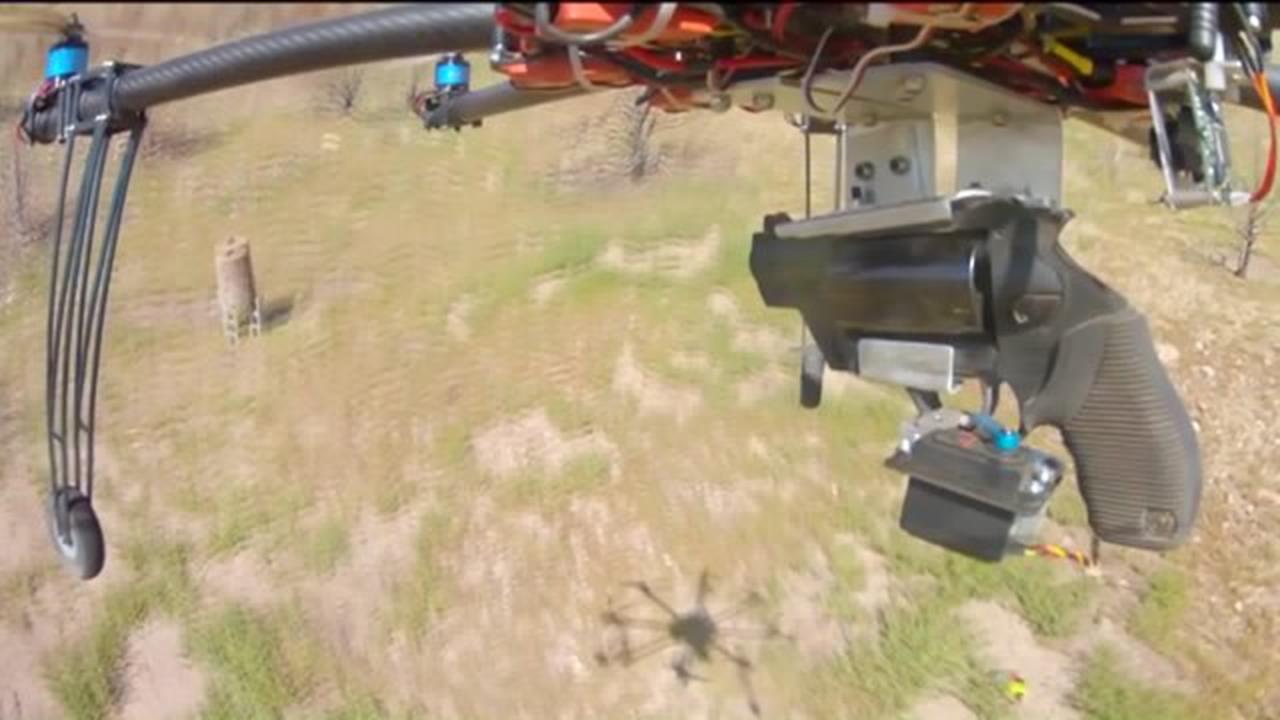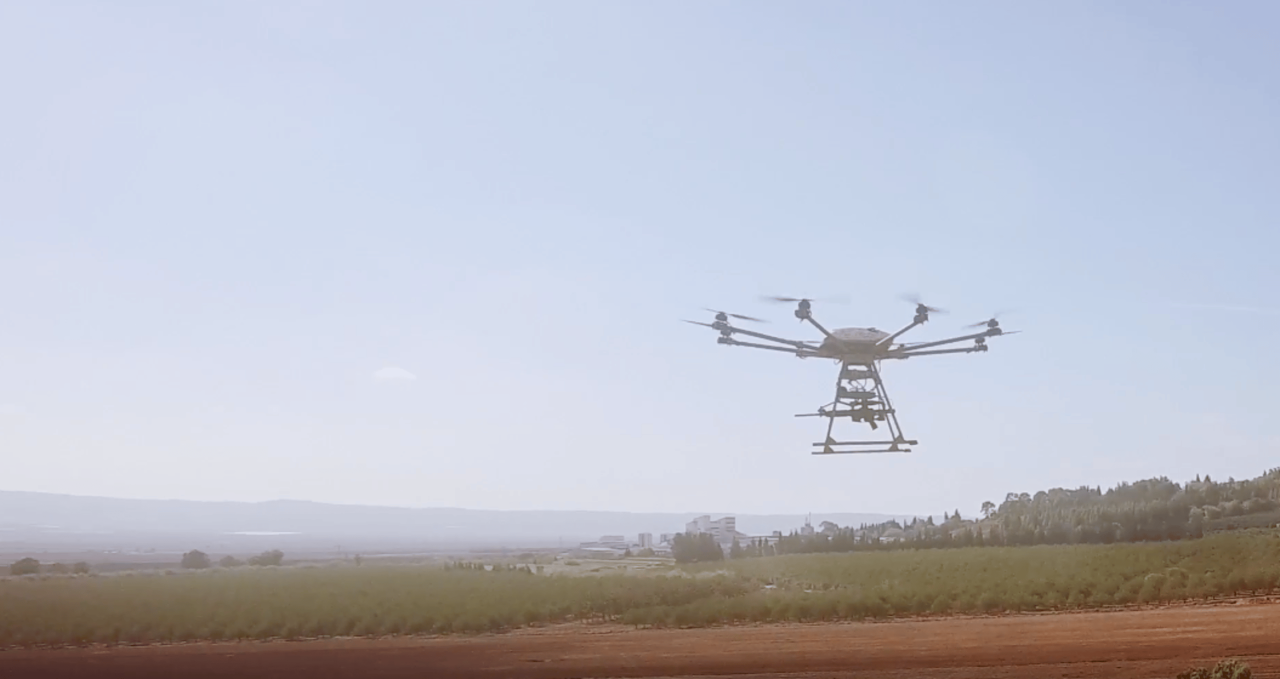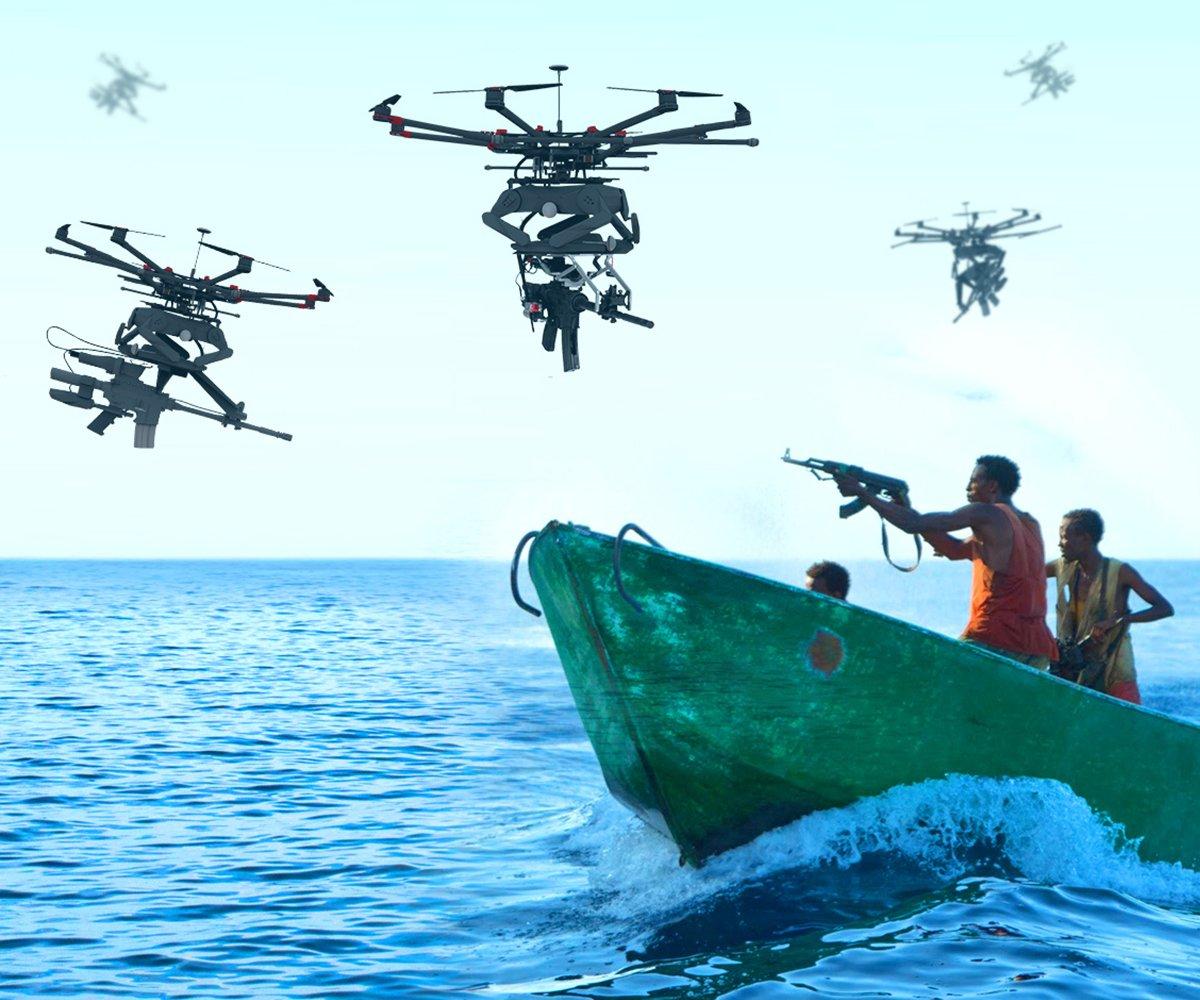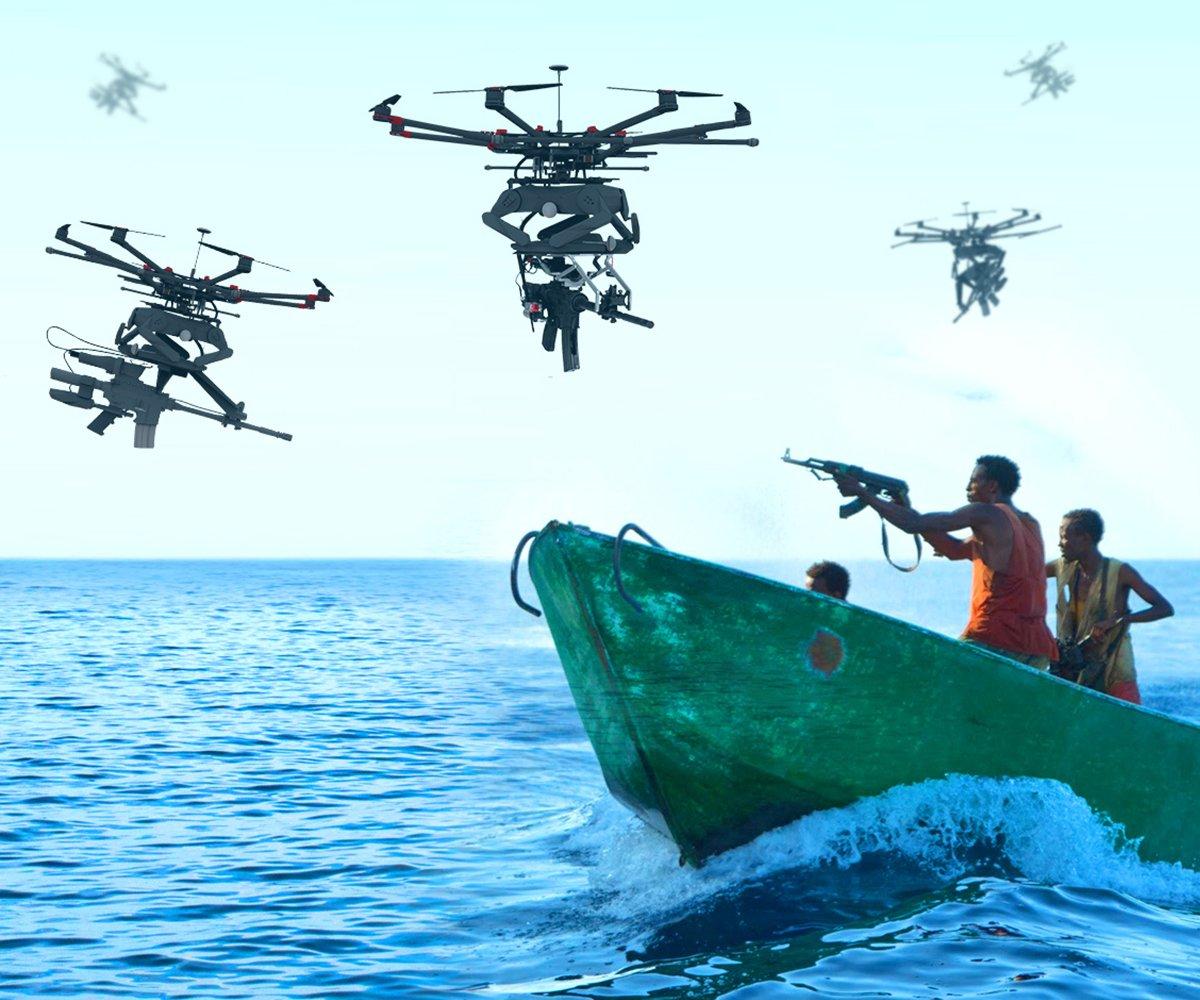Remington drone loads represent a significant advancement in unmanned aerial vehicle (UAV) technology, impacting various sectors. This exploration delves into the diverse payload capacities of Remington drones, the types of loads they carry, and the crucial safety and regulatory considerations involved. We’ll examine the technological aspects of load management, analyze the economic and operational efficiencies, and ultimately, assess the overall impact of these powerful tools.
From precision agriculture and infrastructure inspection to search and rescue operations and package delivery, Remington drones offer versatile solutions. Understanding their capabilities, limitations, and associated regulations is essential for safe and effective deployment across diverse applications. This comprehensive analysis will equip readers with a thorough understanding of Remington drone loads and their potential.
Remington Drone Payload Capabilities and Applications: Remington Drone Loads

This article delves into the various aspects of Remington drone payload management, encompassing model specifications, load types, safety regulations, technological considerations, and economic implications. We will examine the capabilities of Remington drones in carrying diverse payloads and analyze their operational efficiency across various applications.
Remington Drone Models and Payload Capacity
Several Remington drone models cater to different payload requirements. The following table details their specifications and compares their payload capacity to competitors.
| Model Name | Payload Capacity (kg) | Dimensions (cm) | Key Features |
|---|---|---|---|
| Remington RX-8 | 10 | 50 x 50 x 20 | High-speed flight, advanced stabilization |
| Remington RX-12 | 15 | 60 x 60 x 25 | Extended flight time, heavy-lift capability |
| Remington RX-20 | 25 | 75 x 75 x 30 | Enhanced durability, modular payload system |
A comparison of payload capacities with competitor models reveals that the Remington RX-12 offers a competitive advantage in its class, surpassing several competitors by approximately 2-3 kg in payload capacity.
- Remington RX-12 (15kg) vs. Competitor A (12kg)
- Remington RX-12 (15kg) vs. Competitor B (13kg)
Factors influencing payload capacity include motor size, battery capacity, and airframe design. Larger motors provide more thrust, enabling the drone to lift heavier loads. Higher battery capacity extends flight time, allowing for longer missions with heavier payloads. A robust airframe ensures structural integrity under stress from heavier loads.
Remington drone loads present unique logistical challenges, particularly concerning weight distribution and airspace regulations. Understanding efficient drone operation is crucial, and recent advancements in this area are noteworthy, such as the solutions detailed in this article about drones over new jersey solved , which highlight effective strategies for managing drone traffic. Applying these lessons learned could significantly improve the safety and efficiency of Remington’s drone delivery operations.
Types of Loads Carried by Remington Drones
Remington drones can transport a variety of payloads, each with specific applications and limitations.
- Cameras
- Sensors
- Delivery Packages
- Specialized Equipment
Cameras are used for aerial photography, videography, and surveillance. Benefits include high-resolution imagery and wide coverage areas. Limitations include sensitivity to weather conditions and potential for image distortion.
Sensors, such as thermal cameras and gas detectors, enable environmental monitoring and hazard detection. Benefits include real-time data acquisition and remote sensing capabilities. Limitations include sensor range and data processing requirements.
Delivery packages facilitate logistics and last-mile delivery. Benefits include speed and efficiency in delivery. Limitations include payload size and weight restrictions.
Remington drone loads often necessitate careful consideration of payload capacity. Choosing the right drone is crucial, and this often involves selecting a model with robust camera capabilities, such as those found in drones highlighted on sites like drone with camera. Understanding the camera’s resolution and features directly impacts the quality of data collected for effective Remington drone load management.
A hypothetical mission profile involves a Remington RX-12 delivering medical supplies to a remote village. The flight path will be pre-programmed, considering wind speed and terrain. Environmental conditions, such as temperature and precipitation, will be monitored. Potential challenges include unexpected weather changes and communication disruptions.
Safety and Regulatory Considerations for Remington Drone Loads
Adherence to safety regulations is crucial for responsible drone operation. The following table Artikels key regulations and penalties for non-compliance.
| Regulation Type | Governing Body | Key Requirements | Penalties for Non-Compliance |
|---|---|---|---|
| Payload Weight Limits | FAA (example) | Do not exceed maximum payload weight | Fines, license suspension |
| Hazardous Material Transport | DOT (example) | Proper packaging and labeling of hazardous materials | Fines, legal action |
Best practices for safe payload handling include:
- Always verify payload weight before flight.
- Secure payloads properly using appropriate straps and fasteners.
- Inspect the drone and payload for damage before each flight.
Exceeding payload capacity can lead to structural failure, resulting in crashes. Transporting inappropriate loads, such as unstable or hazardous materials, poses significant risks to personnel and property.
Technological Aspects of Remington Drone Load Management

Remington drones employ various mechanisms for securing and stabilizing payloads. Software and firmware play a crucial role in payload management.
Payloads are secured using a combination of straps, clamps, and specialized mounting systems. Internal sensors monitor payload weight and distribution, ensuring stability during flight. The flight control system adjusts its algorithms to compensate for the weight and center of gravity of the payload. The software also manages battery consumption to optimize flight time given the payload weight.
Diagram of Internal Payload Management Components:
The system comprises a payload bay with integrated sensors (weight, position), a secure mounting system, a central processing unit (CPU) communicating with the flight controller, and power distribution unit managing battery allocation for flight and payload-related systems.
Economic and Operational Aspects of Remington Drone Loads

Using Remington drones offers cost-effectiveness and operational efficiency compared to traditional methods. The following table compares transportation methods.
| Transportation Method | Cost per Unit | Time Efficiency | Environmental Impact |
|---|---|---|---|
| Remington Drone | $X | High | Low |
| Truck Delivery | $Y | Moderate | Moderate |
(Note: ‘$X’ and ‘$Y’ represent hypothetical cost values. Actual costs vary based on distance, payload weight, and other factors.)
Remington drones demonstrate high operational efficiency in various environments. Their maneuverability and precision make them suitable for challenging terrains and remote areas. Increasing payload capacity enhances efficiency by reducing the number of flights needed for a given task, thus lowering overall operational costs.
In conclusion, Remington drone loads are transforming industries by offering efficient and cost-effective solutions for various transportation needs. Careful consideration of payload capacity, safety regulations, and technological advancements is crucial for maximizing the benefits and mitigating potential risks. As technology continues to evolve, the applications of Remington drones and their payloads are likely to expand even further, shaping the future of aerial transportation and data acquisition.
FAQ Section
What is the maximum flight time for a Remington drone with a maximum payload?
Flight time varies significantly depending on the specific drone model, payload weight, and environmental conditions. Consult the manufacturer’s specifications for each model.
What types of sensors are compatible with Remington drones?
Compatibility depends on the drone model and payload capacity. Commonly used sensors include thermal cameras, multispectral cameras, LiDAR, and GPS receivers. Check the manufacturer’s specifications for each model and sensor.
How are Remington drones insured for commercial use?
Commercial insurance for Remington drones varies depending on the location, type of operation, and the value of the drone and payload. Consult with an insurance provider specializing in UAV insurance.
